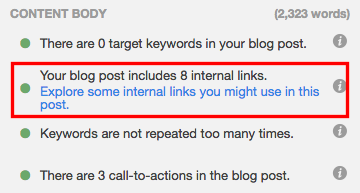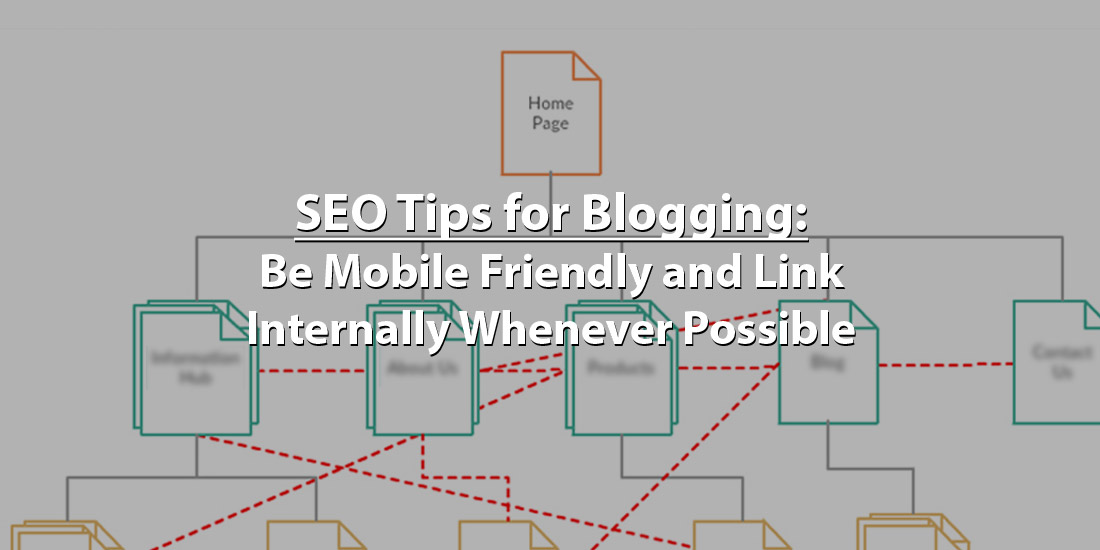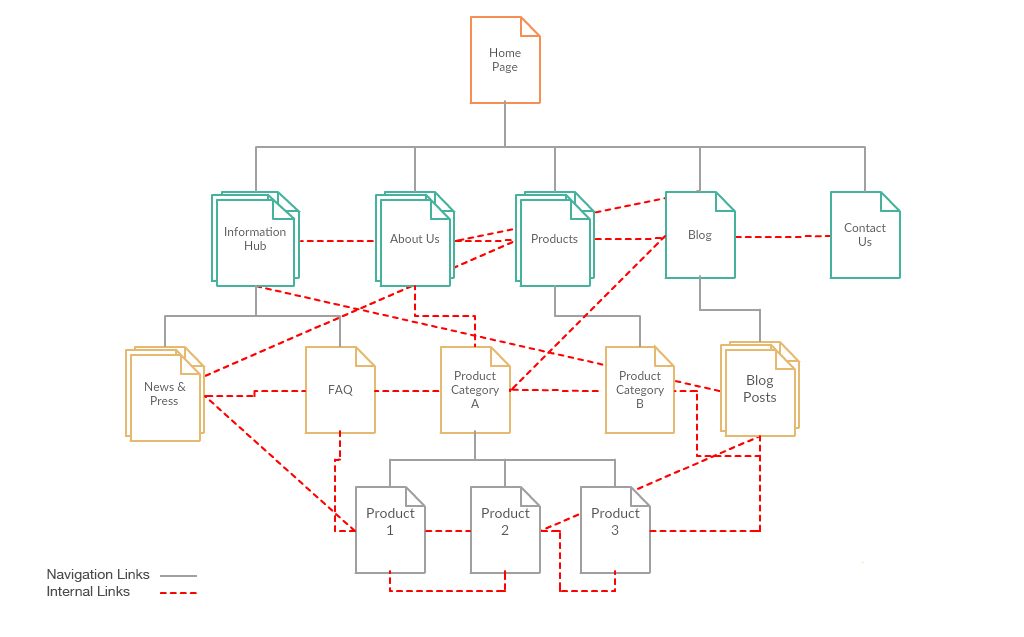Optimizing your blog and webpages is very important when it comes to getting attention online. It makes your website more visible to people searching for keywords related to your products and services on Google and other search engines. Google’s algorithm can make things complicated because it’s constantly changing. SEO helps your marketing stay relevant, so it is important to stay up to date and learn how the system works.
How do you know what’s important? What are the top-ranking tactics? How do you keep it all together?
Contents
In this post, we will go over basic SEO tips that everyone should do to optimize your blog posts
SEO Tip #1. Be a Mobile-Friendly Blog
More people use a search engine from their phones than from a computer or laptop.
Google displays mobile-friendly results first, above all other results.
To make your blog and subsequent posts mobile-friendly use a responsive design. Websites that are responsive to mobile allow blog pages to have one URL instead of two. This helps your SEO because any inbound links will go straight to your site, not divided into two separate URLs.
Use this scanner from Google to check whether you are mobile-friendly.

“SEO Tip#2. Link Internally Whenever Possible
Inbound links help show search engines the relevancy of your content. Linking internally to other pages on your website does the exact same thing. If you have other content relevant somewhere else on your blog, it is best to link to that page.
Not only does it help the readers and visitors on your website, but it also shows your other relevant content pages to search engines.
“Before your content can rank, it needs links. Google finds your posts and pages best when they’re linked to from somewhere on the web. Internal links also connect your content and give Google an idea of the structure of your website. They can establish a hierarchy on your site, allowing you to give the most important pages and posts more link value than other, less valuable, pages. So using the right internal linking strategy can boost your SEO!” – Yoast SEO
SEO Tip#3. Optimizing Your Images’ Alt Text
Blog posts should contain pictures too! Including images within your blog posts that help explain the content that you are posting. Search engines, however, don’t look for images alone. They also look specifically for images with alt text.
Search engines can’t “see” images, so the alt text of an image tells the search engine what the image is about. As a result, having alt text helps rank images higher in search results. Alt text makes it easier for readers and visitors of your blog because the alt text will display if the image can’t be found and can improve overall accessibility for those using screen readers.
Alt text can be added to an image tag in HTML:

Adding keywords to your alt text isn’t vital for SEO, but if you make it descriptive the image may show up in the image search function of Google.
SEO Tip#4. Use Viewer-Friendly URL Structures
Your visitors should be able to easily understand the URL structure of your web pages. It will help them understand the structure of your website and the content they are going to interact with. Search engines favor web page URLs that make it easier for them to comprehend the content that is on the page.
URL structures act as a categorization tool and system for readers. It lets them know where they are on the website and how to access other sections and pages on that particular website. This organization allows search engines to better determine if the content is what the searcher is looking for and what they will access on different parts of your blog.
Moz has an excellent post that helps break down all the information and structures of URLs.
As your website grows, so should your goals on search engines.
Blogging is one of the best things anyone can do to improve SEO, but simply having a blog and publishing posts isn’t enough to keep you competitive. The internet/SEO world is always changing, you should stay on top of those changes so that you can be as efficient with your time and resources as possible. Here are some recent examples of changes (recent changes to Facebook’s news feed and ad platforms, prompted by privacy scandals) that have created a ripple effect through the online marketing industry, and how they have dramatically changed how effective past SEO strategies are today.
However, if you want to keep your SEO strategy as simple as possible, as long as you’re consistently creating and optimizing content, over time this process will help you build up the authority of your site, and you will be able to rank for more competitive keywords with high search volumes.
If you think we missed some other crucial search engine optimization basics, please let me know in comments!



